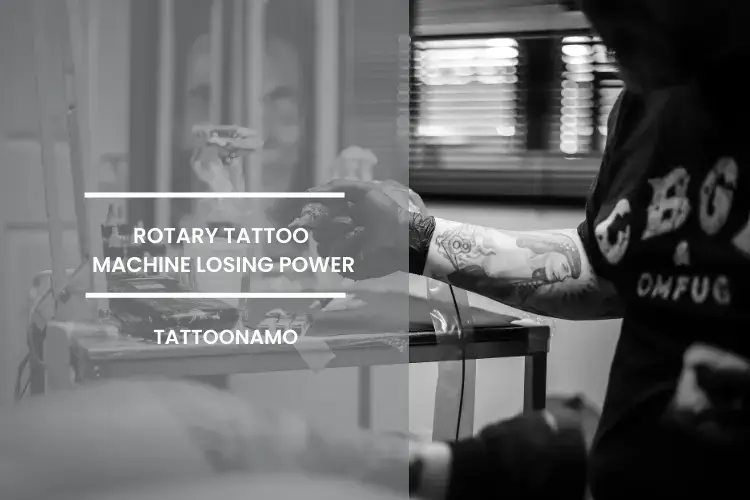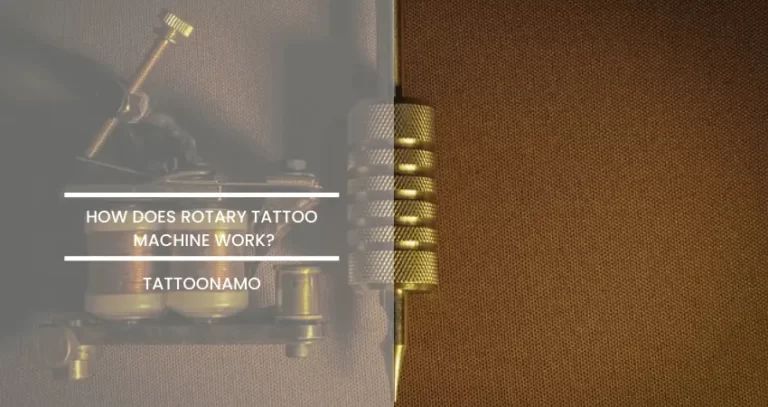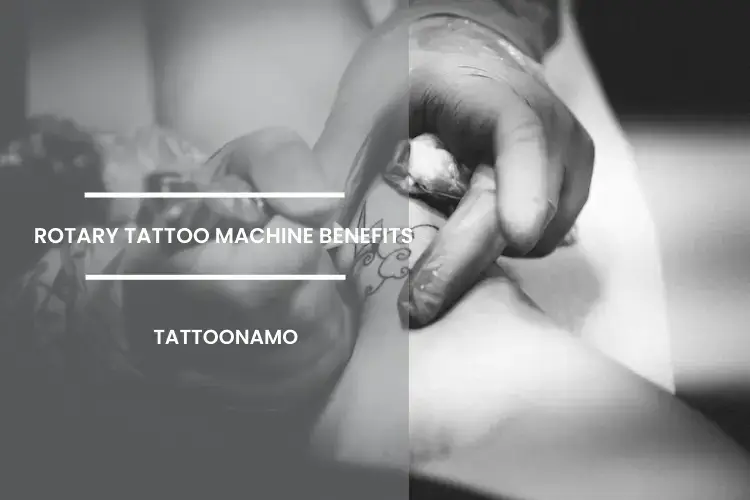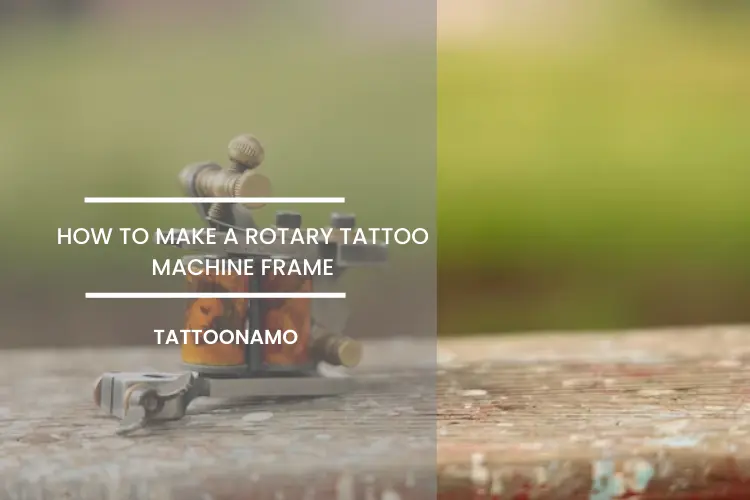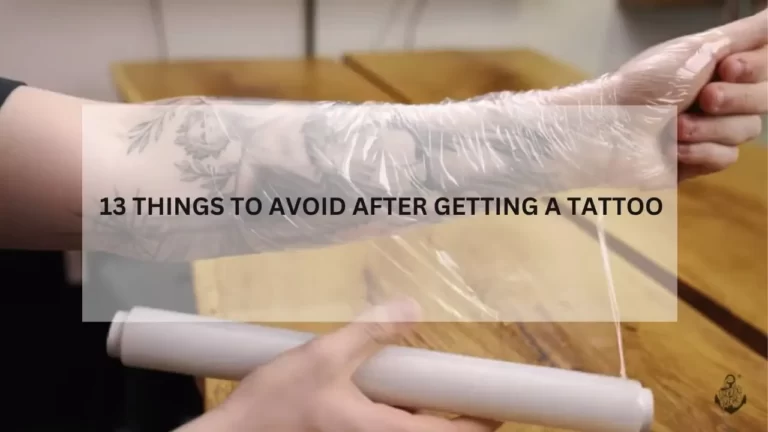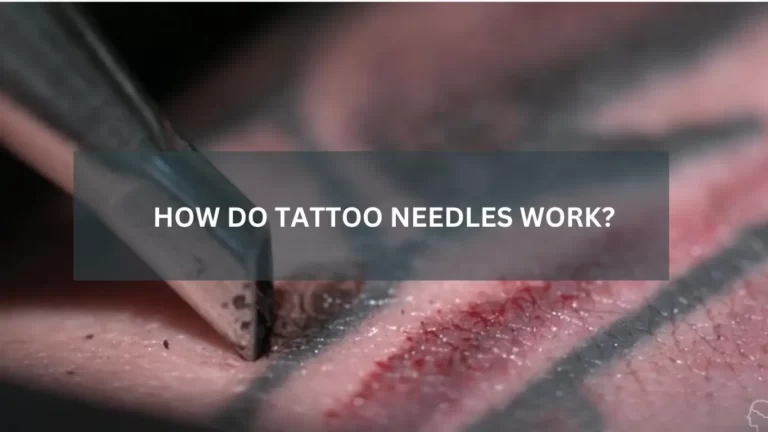How do I know when my tattoo is healed?
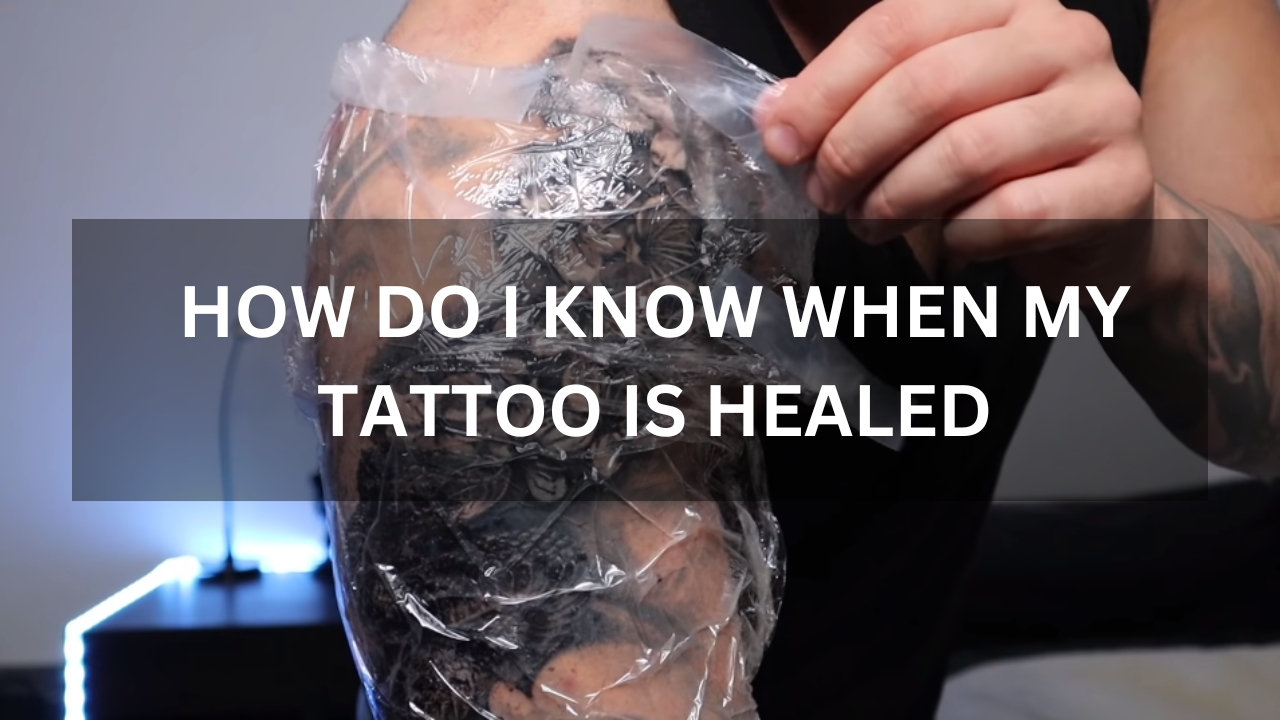
lets let me expain How do I know when my tattoo is healed? The healing process for a tattoo can take a long time, but it could mean the difference between having a smooth, vibrant piece of art and being dissatisfied with it. Keep in mind that your tattoo artist has performed these hundreds, if not thousands, of times before, and they make recommendations for aftercare for a reason. You’ll be glad you followed them when your tattoo is healed.
After considering the issue for some time, you are now motivated to get a tattoo. If this is your first tattoo, you probably have a few questions about it all, such as how long it takes for a tattoo to heal. After getting tattooed, we’ve put together a guide to help you navigate the healing process.
So, today we are going to discuss some signs of a tattoo healing process that you need to know about and then we’ll make you apprise of some stages of the tattoo healing process lately, we’ll let you know how to reduce the time of the tattoo healing process.
Signs of tattoo healing
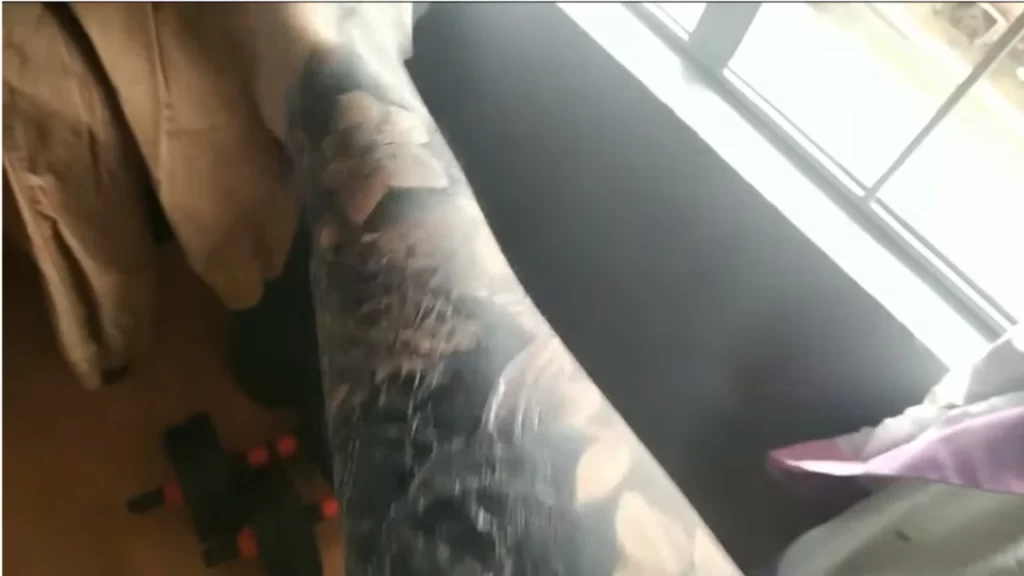
- You would not feel any pain: The first thing to check is if you have any discomfort while touching the area. If you notice any pain, then it means that the ink is still fresh and hasn’t had time to dry completely.
- Your skin may look red: If you notice that your skin looks red, it could mean that your tattoo is healing. However, this does not necessarily mean that the tattoo is done.
- Scarring: Scarring is the last way your tattoo will fade. When you tattoo something onto your skin, your body does its best to protect it. That means it will create a thick callus around the area where it was tattooed. Over time, this hardens and forms a permanent mark.
- There might be some swelling: Swelling around the tattoo can occur after the tattoo is done. This is normal and should go away within a few days.
- Ink Bleeding Out: Ink bleeding out is a little bit different than pigment fading. Instead of losing color, ink bleeds out between your cells. This means that ink becomes a part of your body, and you’ll slowly lose it the longer you’re inked. This is often the case if you get an in-depth tattoo. Tattoos tend to bleed out faster than smaller ones.
- You might start itching: Itching around the tattoo is normal and should subside once the tattoo heals.
- You might bleed: Bleeding around the tattoo is normal, especially if you’ve been using needles.
- You might get a rash: A small rash around the tattoo is normal. It’s caused by the body’s natural reaction to foreign material.
- Pigment Fading: If you have black inks on your skin, then those black pigments will begin to break down from exposure to the sun’s rays. Usually, this happens gradually over several years, and if you don’t keep up with keeping your body exposed to sunlight, then the color will start to change.
- You might feel sore: You might feel soreness around the tattoo. This is normal and goes away over time.
Stages of the tattoo healing process
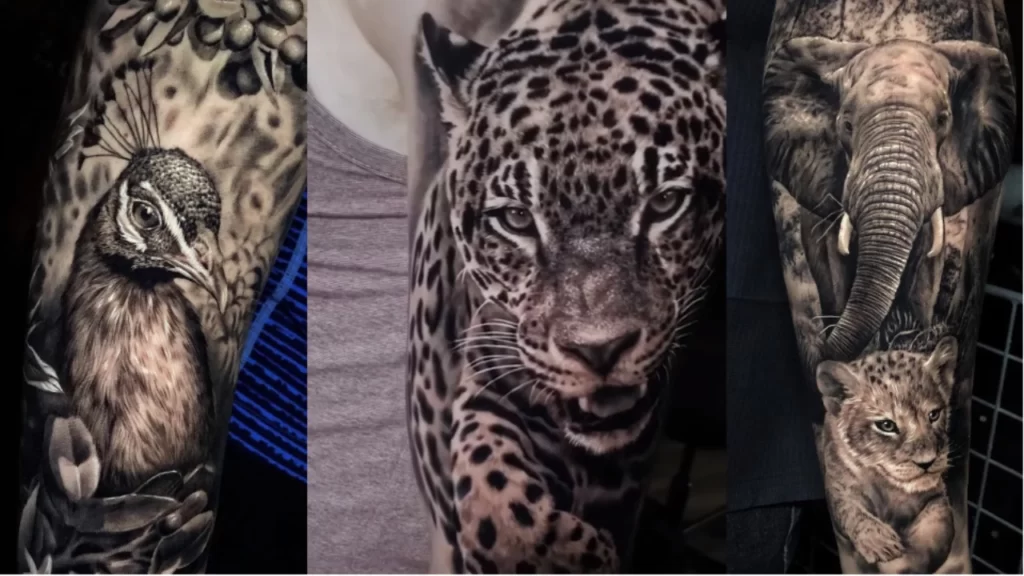
- Open wound (the initial stage): Your body begins the healing process as soon as the tattoo artist finishes the piece. Your tattoo is an open wound on your skin, despite the way it looks. Your body immediately begins to repair the damage. Your body mobilizes its first responders to injury at this point, and you might feel a slight stinging or burning sensation at the tattoo’s location as a result of inflammation. Your body is putting in a lot of effort to patch things up and prevent infection, resulting in that sensation, which typically lasts a week. As a result, you should treat your new tattoo like an open wound. By doing this, you can avoid infections and other problems that can happen if you don’t take care of an open wound.
The steps your tattoo artist will show you to keep your new tattoo clean can be overwhelming at first. When you add in some sharp pain, it’s easy to see how your stress levels might rise a little bit during this time. For your skin to heal properly, a skilled tattoo artist can suggest some ways to alleviate this stress.
- Itching and peeling: The inflammation around your tattoo will begin to lessen in intensity in the second week of the stages of tattoo healing. An itching sensation, which replaces the burning and stinging sensation from stage one, is normal during this stage of healing, as you may have experienced with other wounds.
The tattoo has been covered by a new layer of skin, so the old skin will peel off and form scabs. The dryness is the reason you feel itchy on and around the wound, also known as the tattooed area. You might be wondering, “How long do tattoos take to heal?” because of the constant itching.
Try to resist the urge to scratch the skin or peel off the flakes in such a situation. Your tattoo artist will likely suggest a lotion to keep your skin hydrated and alleviate the itching.
- Drying out the tattoo ink: You will no longer experience itchiness at the tattoo’s location after topical healing has been completed. The skin becomes dry at this point. After the scabs have fallen off, the tattoo is frequently covered by a layer of dry skin. Even though this frequently causes the color of the tattoo to appear slightly less vibrant, it will naturally peel off to reveal the vibrant work of art you were hoping to get.
- Fully healed: The fourth and final stage of tattoo healing is this one. You will know that you are in this stage and that your tattoo is completely healed because the body has repaired itself, and the dry skin and scabs have all fallen off to reveal new, smooth skin with a vibrant tattoo. You will also no longer feel burning or itchiness. However, to ensure that the skin regains its full integrity, you should continue with your aftercare routine.
Reducing the time of healing of a tattoo
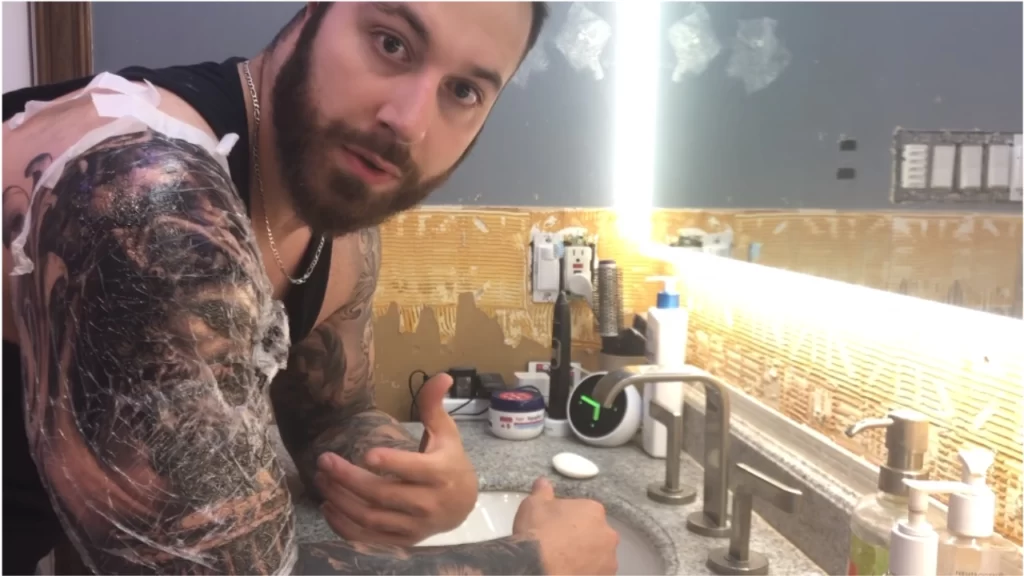
You are supposed to take the following steps to reduce the time of healing a tattoo
- Before removing the plastic wrap, wash your hands.
- Use mild, unscented soap and lukewarm water to clean the area.
- Use a mild moisturizer to prevent the skin from drying out (your tattoo artist may be able to recommend one).
- Stay out of bathtubs and pools to prevent the tattooed skin from being submerged in filthy water.
- Do not expose the tattooed area to the sun.
- Do not scratch or peel at the scabs and flakes of skin during the healing process.
Conclusion
A tattoo’s healing process can be lengthy and it can also be too smooth and quick. Your tattoo’s chances of healing to its best will be increased if you follow the suggestions above; however, the mitigating risk does not eliminate it. During the stages of healing, you might do everything right, but your healing tattoo might still have issues. Your tattoo artist or the shop where you got your tattoo should be your first port of call if you have any issues during the healing process. Healing from a tattoo typically takes two to four weeks. People must strictly adhere to aftercare instructions during this time to ensure the healing of their tattoos and avoid complications. The healing process may be slowed down if the tattoo develops an infection or excessive inflammation. A doctor should be consulted if a person is concerned about how their tattoo is healing.

